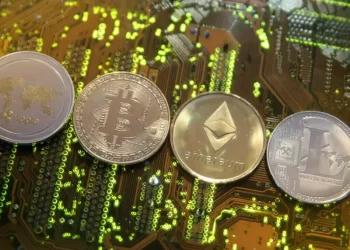LONDON: The yen dropped to its lowest level since 1986 against the dollar on Wednesday, keeping currency markets alert for any signs of intervention from Japanese authorities to boost the beleaguered currency.
The U.S. dollar was trading at 160.39 yen, a level last seen in December 1986, as the yawning interest rate gap between the two countries continued to hammer Japan’s currency.
Analysts said traders were testing the resolve of Japan’s Ministry of Finance and central bank, who spent $62 billion in late April and early May to support the currency when it fell past 160.
Dollar flirts with key 160 yen level as intervention risk looms
“Unless the underlying dynamics change with the yield differential, it keeps getting punished,” said Joe Tuckey, head of FX analysis at broker Argentex.
So-called carry trade strategies, where investors borrow in a low-yielding currencies to invest in higher-yielding ones, have become hugely popular as some countries have raised borrowing costs in recent years.
Although Japan has raised interest rates this year to a range of zero to 0.1%, U.S. rates of 5.25% to 5.5% mean investors are flocking to the higher returns on dollar assets, driving up the currency versus the yen.
Top currency diplomat Masato Kanda said on Monday that Japan was always ready to take action against excessive market moves, but traders ignored the warning after the last bout of intervention did little to stem the selling.
“Perhaps a new months ago that would have been heeded more by the market than it is now, because it’s not being backed up by any change in rates,” Tuckey said.
There is a chance of a further rate hike from the Bank of Japan in late July, which could help support the yen. But any durable rally is likely to require Federal Reserve interest rate cuts.
The dollar index, which tracks the currency against six peers, rose 0.3% to 105.99, its highest since May 1.
Friday’s U.S. personal consumption expenditure (PCE) inflation report will be key for currency markets. A lower-than-expected number could cause traders to raise their bets on Fed rate cuts this year, providing some relief to the yen.









